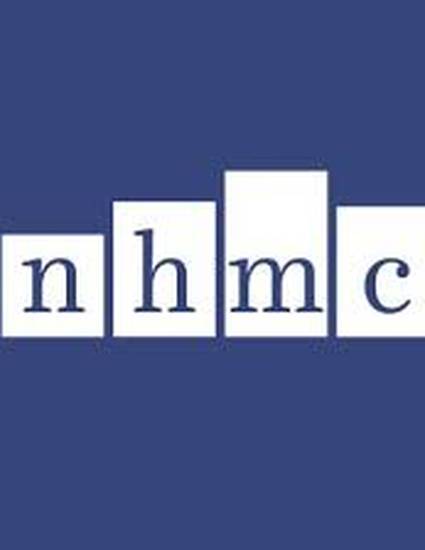
Other
Towards a Consumer Centric Perspective on Availability of Access to the Open Internet
(2018)
Abstract
Collection and dissemination of indicators that offer a realistic picture of the “availability” of access to high speed connectivity represents a critical input into research and development of effective public policies and private sector strategies required to counteract growing inequalities in the quality of broadband infrastructure in both rural and urban communities. While broadband quality and affordability problems are more pronounced in rural America, they are also a pervasive problem in many urban communities and small towns. Unfortunately, the traditional manner in which federal agencies have been measuring “availability” both underestimates the magnitude of broadband capacity gaps in rural communities and totally obfuscates them in urban and suburban ones. Moreover, FCC Form 477 data that goes into the existing broadband map capture only maximum speeds sellers advertise, which is not a good proxy for effective service quality levels they deliver/buyers receive in return for their subscription fees. Calling data that comes out of FCC Form 477 “availability” rather than advertised speeds therefore represents a one sided view of the market that takes into account claims from the side of the sellers and therefore leads to misleading overestimates of the quality of high-speed connectivity that is available to Americans.
“Availability” of shared network capacity is the outcome of dynamic interaction between supply and demand in local and regional markets. A community that might be considered “served” today may become “underserved” tomorrow if growth in user demand for network resources is higher than the rate by which the infrastructure provider is willing to provision additional capacity overtime. The existing approach to measuring availability with maximum advertised “best effort” rates is not capable of accounting for economic dynamics that shape broadband “availability” users experience in mature markets such as the U.S. where access to some form of “high-speed” connectivity is near ubiquitous. As network coverage issues have been increasingly solved through public subsides and private investments over the past two decades, quality and affordability of services have evolved as key factors that determine the “availability” of consumers’ access to content and applications that meet their heterogeneous needs. Developing a more economic approach to conceptualizing “availability” and collecting data that is more reflective of the user experience can significantly enhance the value of the national broadband map as a tool for infrastructure capacity gap identification and investment prioritization tool for all levels of governments, as well as potential private investors/service providers willing to invest in advanced broadband technologies (e.g. fiber-to-the-premises (FTTP), high throughput 4G+ wireless) in underserved communities. Construction of more realistic “availability” metrics by federal agencies can provide significant leverage to state and municipal governments trying to convince private sector providers to invest in broadband networks in their communities.
Keywords
- Performance Measurement,
- Broadband Availability,
- Big Data
Disciplines
Publication Date
2018
Citation Information
Rajabiun, R. (2018). Towards a Consumer Centric Perspective on Availability of Access to the Open Internet. Expert report from the National Hispanic Media Coalition (NHMC) to consultations regarding Improving the Quality and Accuracy of Broadband Availability Data to the National Telecommunications and Information Administration (NTIA). U.S. Department of Commerce. Docket No. 180427421–8421–01.
